Data centers provide businesses with facilities and infrastructure that help them with the secure storage and processing of the humungous amount of data they generate daily.
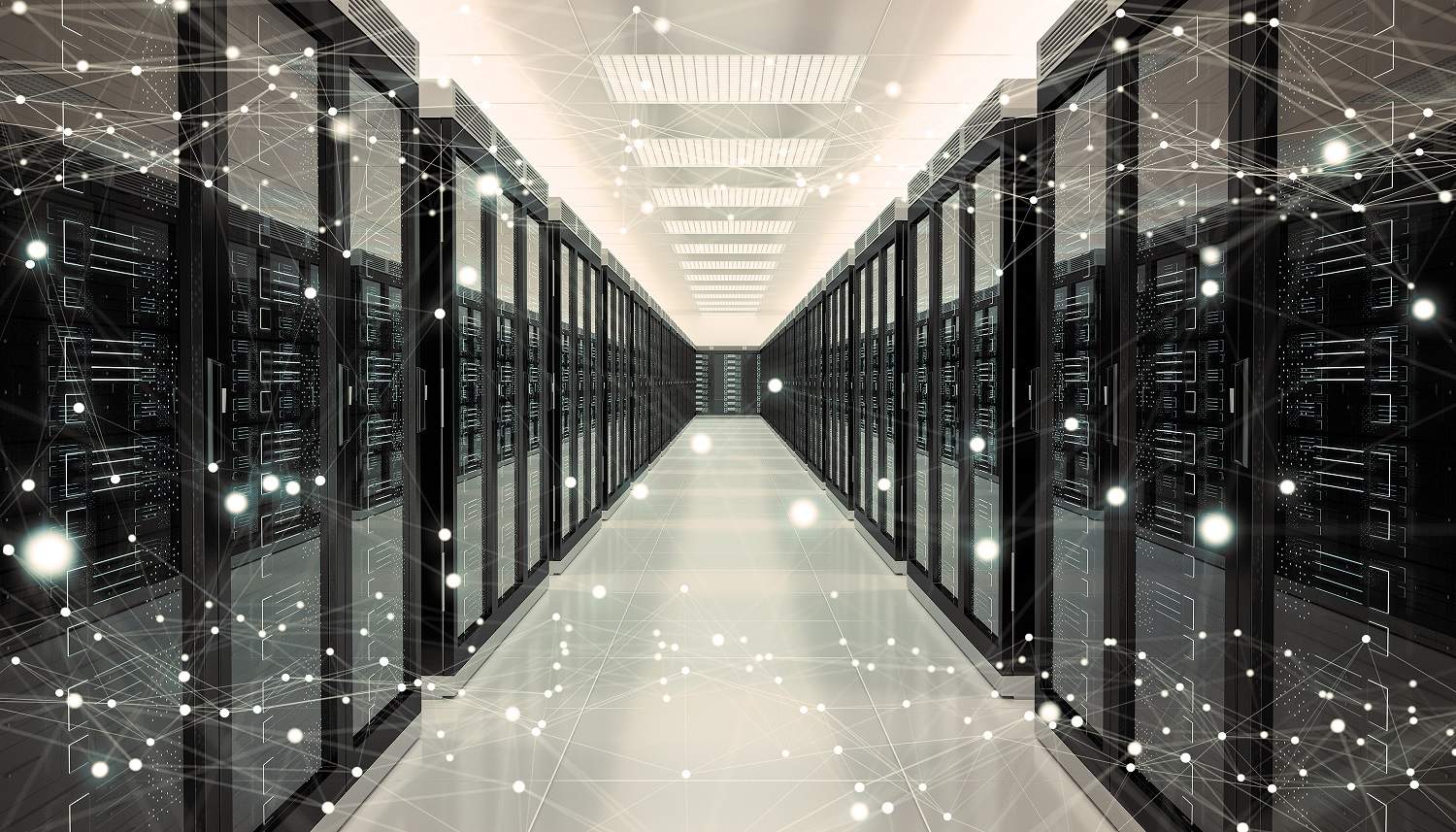
Every business is data-driven. IDC estimates that by 2025, there will be 175 Zettabytes of data generated worldwide. Data is perhaps one of the most valuable investments for businesses, and where it is stored matters. Data centers provide businesses with facilities and infrastructure that help businesses with the secure storage of the humungous amount of data they generate daily.
A data center contains racks of servers, maintenance infrastructure, network streams, physical security, and other equipment required to store data. There are various kinds of data centers that are either owned entities of enterprises or rented out. These are categorised as: on-site data centers, managed services data centers, cloud data centers, and colocation data centers.
Data Center Tiers
Data centers are ranked under various Data Center Tiers basis the reliability, facilities, uptime, security, etc. they provide. This classification helps enterprises choose a data center basis their requirements. Data centers are certified by Uptime institute’s - standard tier classification system or TIA/942 standard.
Parameters to Classify Data Centers
Data center ratings given by these institutes are unbiased. In the Uptime institute’s tier classification, ratings are:
- Performance-based- these are performance-based standards including factors like meeting requirements of availability, redundancy, and fault tolerance.
- Technology neutral- data centers do not need specific technologies to be ranked under any tier.
- Vendor neutral- centers are ranked on capabilities and not on the brand of technologies.
At a broader level, the various parameters that these institutes use to rank the data centers under various tiers include -
- Network architecture
- Electrical design
- Efficiency
- System redundancy for electrical, mechanical, and telecommunication factors
- Mechanical systems installed
- Fire safety measures
- Physical security measures
- Uptime guarantees
- Fault tolerance (the ability to handle both planned and unplanned disruptions).
- Service cost.
Data Center Tiers - Tier I, Tier II, Tier III, Tier IV, and Tier V
The Uptime and TIA/942 standard ranked Data Centers as Tier I, Tier II, Tier III, Tier IV. Recently, Switch ( technology infrastructure ecosystem corporation) introduced Tier V data centers.
Tier I Data Center
Tier I data centers are basic data centers. Their features include -
- These data centers can provide basic rack space for storing data. They need a dedicated space for IT systems like a server room, uninterrupted power supply, and a controlled cooling environment running 24X7.
- These data centers have no redundancy components.
- These data centers have an uptime of 99.671%, translating into a downtime of 28.8 hours per year.
These data centers are best suited for small businesses where the requirements are simple, like record-keeping, communication, corporate correspondence, etc. Due to their intrinsic non-redundant capacity components, these data centers are apt for businesses where the limited capacity will not affect business continuity or have cost implications.
Tier II Data Center
Tier II data centers have all the services and infrastructure capabilities that tier I data center offers, but they have an added redundancy option. These include:
- Tier II data centers will have a single power input. However, they have additional fail-safes measures for backup like - UPS modules, chillers, pumps, energy generators, etc.
- They have higher reliability than tier I data centers. The redundant hardware and software substantially improve their up and down speeds without unreasonably raising operational costs.
- Tier II Data Centers offer an uptime of 99.741%, translating into a downtime of 22.7 hours per year.
Both Tier I and Tier II data centers are similar in most parameters, with Tier II being a little more robust of the two. They do not have advanced redundancy capabilities but are more reliable than Tier I data centers. Small and medium businesses commonly use tier II data centers since they offer a good balance between performance and affordability. The drawback of these data centers is their inability to function under maintenance, which makes them less suitable for businesses with more demanding requirements.
Tier III Data Center
From tier III onwards, data centers become more reliable and sophisticated and best suited for the complex requirements of medium and large enterprises. These data centers offer everything that the I and II-tier offers and have comprehensive redundancy measures.
- Unlike Tiers I and II, which only require one path for power and cooling, Tier III has an additional redundant path for backup. In the event of failure, this backup ensures operational continuity.
- They have N+1 redundancy measures - which means these data centers have an additional component for supporting a single failure or planned maintenance on a component.
- Tier III data centers feature sophisticated infrastructure bolstered by a high redundancy level, along with multiple paths for power and cooling.
- These data centers have an uptime of around 99.982%, translating into the downtime of 1.6 hours per year.
Tier III data centers are often preferred by enterprises that need dependable and reliable service requirements. Businesses such as law firms, healthcare facilities, fire departments, or enterprises will be significantly impacted by any downtime prefer tier III data centers. They are often chosen when affordable and reliable data centers are needed.
Tier IV Data Center
These are amongst the highest standard of data centers. Along with sophisticated infrastructure, they have a high level of inbuilt redundancies.
- The major difference between Tier I and Tier IV data centers feature 2N and 2N+1 redundancy levels.
- These data centers are equipped with a completely mirrored system on standby that is independent of the primary system, i.e., these have replicas of every component. Even if anything happens to the main system, these data centers will pick up the slack using the replica components.
- In tier IV, all components are supported by two generators, two UPS systems, and two cooling systems. The path for each component is independent of each other, ensuring that a failure in any of the components will not cause a domino effect, as is the case with lower tiers.
- They have an uptime of 99.995%, translating into a downtime of only 0.4 hours per year.
The Tier IV data centers are built for tolerance which means even in the event of system failure, IT operations aren’t affected. These data centers are usually opted by large businesses with constant availability requirements. Though costly, these data centers offer the best of all worlds - performance, reliability, infrastructure, and redundancy.
Tier V Data Center
The tier V data center was introduced by Switch, a company that focuses on the intelligent and sustainable growth of the Internet. These are relatively new tiers of data centers that offer everything available in the above tiers and are built upon renewable components. These data centers have components that are able to function without water. They have sustainable components like - air pollutant detectors, energy system monitors, securable server racks, etc. Tier V data centers are mostly opted by organizations that work on renewable power projects or enterprises that want to focus on sustainable and eco-friendly operations.
Wrapping up
Choosing a data center is a critical component of an enterprise’s data strategy. The data center ratings can play a significant role when enterprises decide to go for choosing a data center. While it is not mandatory for data centers to be classified under tiers, these rankings are a great way to build trust in service credibility and plan for future upgrades. Nxtra (an Airtel company) designs, builds, and operates the largest network of hyperscale, core, and edge data centers in India.
Nxtra by Airtel, a subsidiary of Bharti Airtel Limited, offers
largest network of secure, scalable, and sustainable data centers
in India to leading enterprises, hyperscalers, start-ups, SMEs
and governments.
Follow us on :

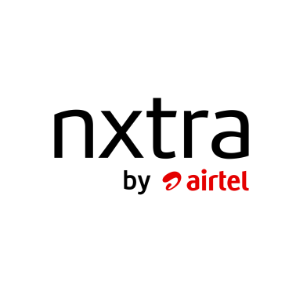

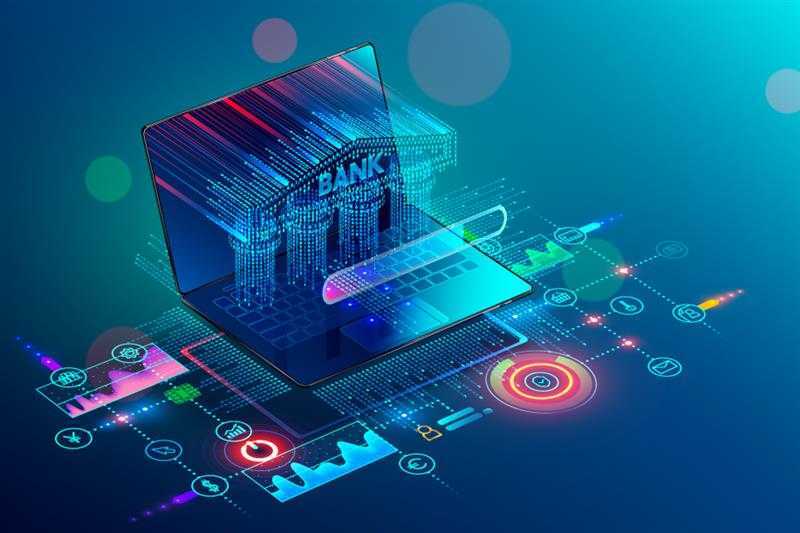
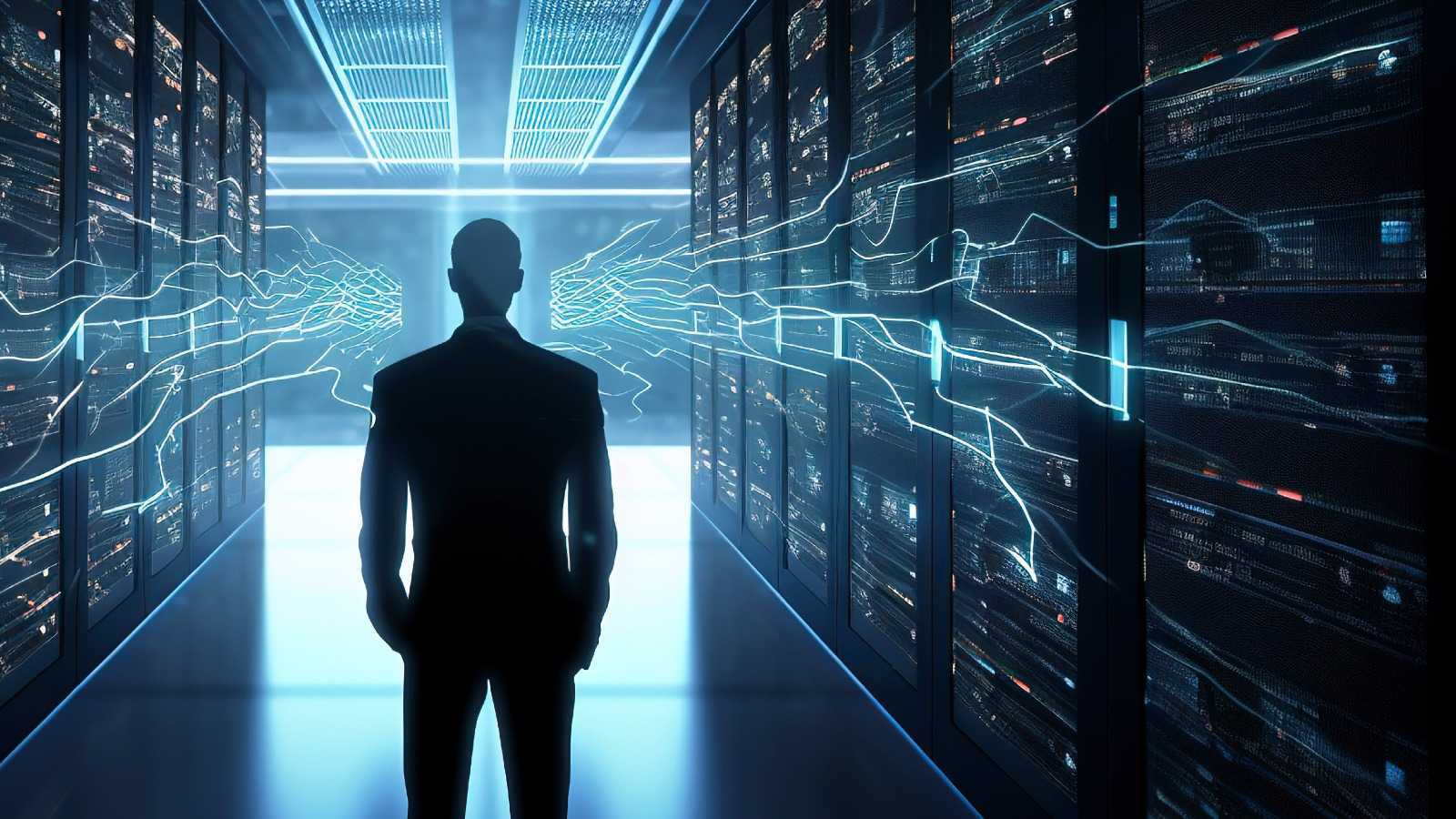
_1724410758.jpg)
